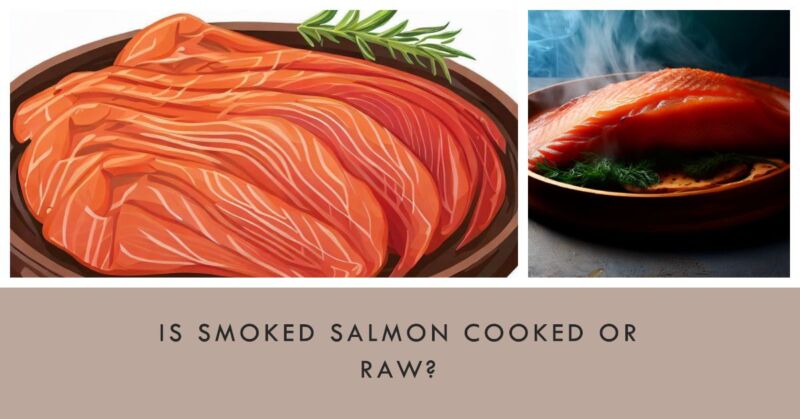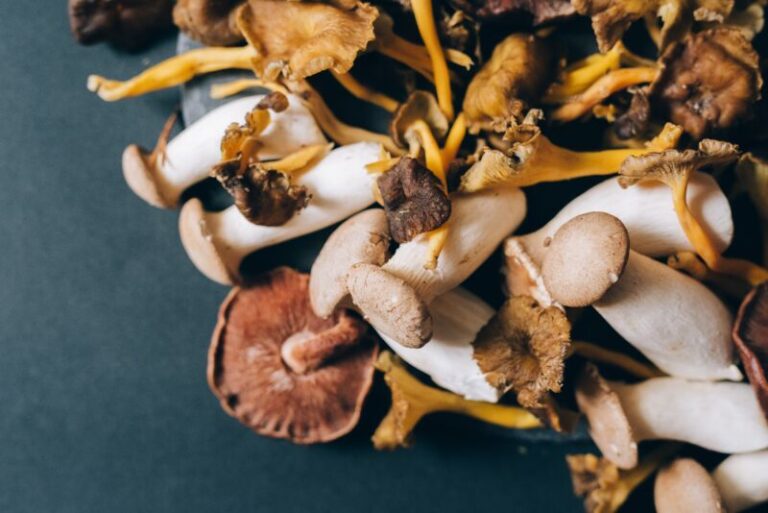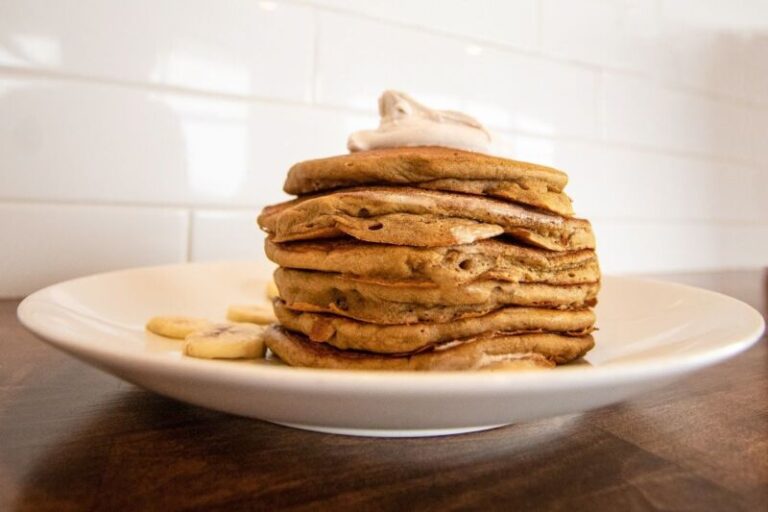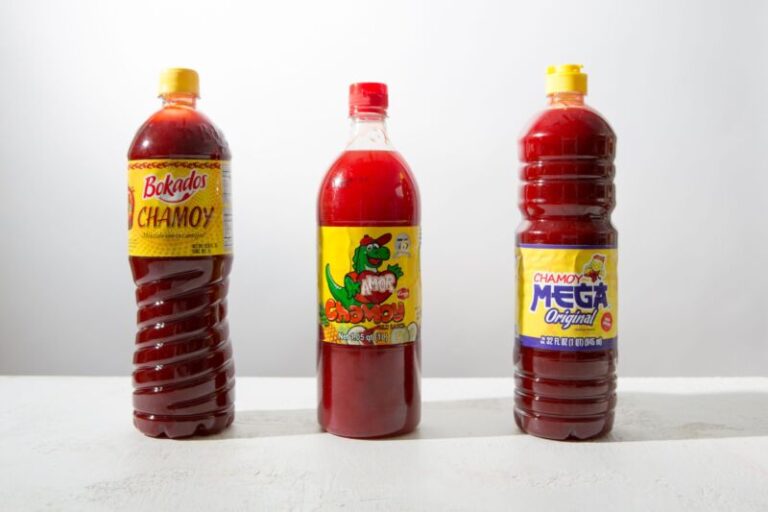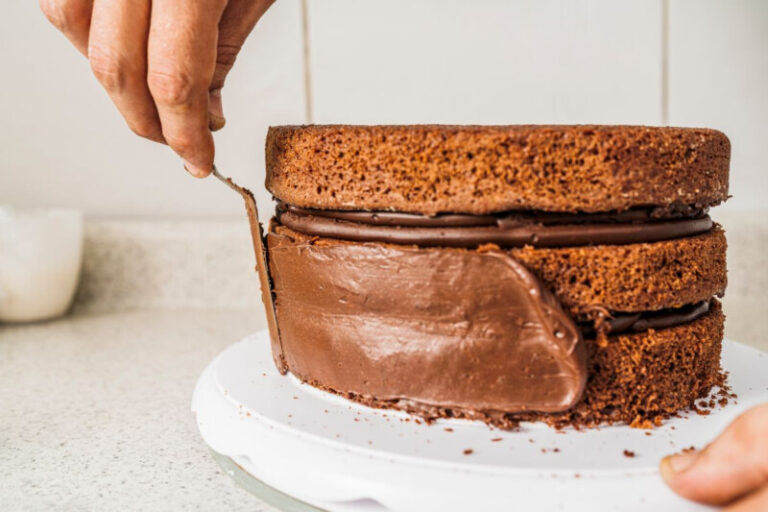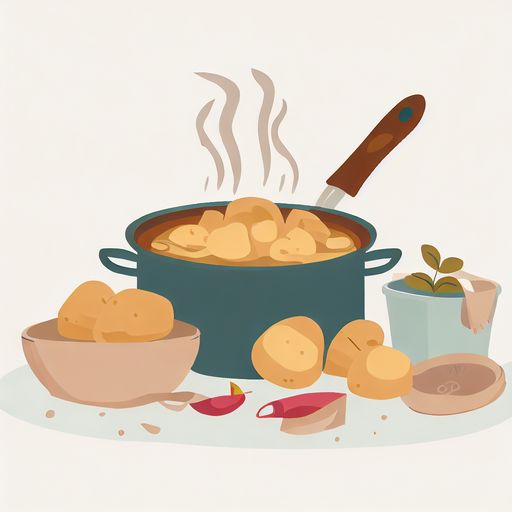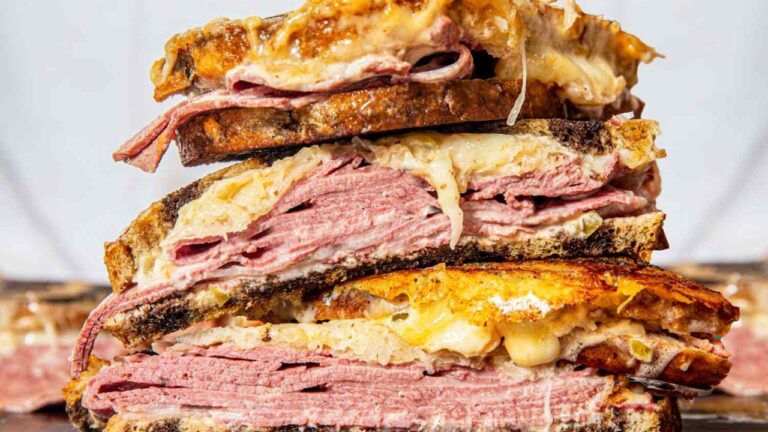Is Smoked Salmon Considered Cooked or Raw?
Smoked salmon is a popular delicacy enjoyed around the world for its delicious smoky flavor and tender texture. But a question lingers in the minds of many smoked salmon lovers – is this fishy delight actually cooked or raw? The answer lies in understanding the smoking methods used and their impact on the final product. Let’s dive in and uncover whether smoked salmon is cooked or raw!
The Global Allure of Smoked Salmon
With origins tracing back to medieval Europe, smoked salmon has long held a distinctive place in culinary culture. The fish was originally preserved through a combination of salt and smoke to enable extended storage and transportation. While initially a practical food staple, smoked salmon is today prized as a gourmet item synonymous with indulgence and luxury.
From American bagels to Japanese sushi and Russian appetizers, smoked salmon seamlessly crosses continents and cultures. It adds a burst of savory umami to any dish while providing high-quality protein and healthy fats. The global popularity of smoked salmon continues rising, as people embrace its versatility and nutritional benefits.
What Makes Smoked Salmon Special?
Smoked salmon harnesses a unique preparation process that sets it apart from fresh salmon. The smoking infuses the supple salmon flesh with nuanced woody flavors and a tender texture resembling velvet. Depending on the technique, smoking can also cook the fish while imparting flavor.
The salmon absorbs the smoke’s aromas, developing complex notes ranging from smoldering wood to sweet tobacco. Smoking concentrates the natural rich taste of salmon to create an intensely mouthwatering experience. It elevates salmon from its raw state into something sensational and crave-worthy.
Is Smoked Salmon Cooked Or Raw?
With an appreciation for smoked salmon’s appeal, we arrive at the key question – is it cooked or raw? There is no straightforward answer, because smoked salmon is not one uniform product. The cooking element depends on the preparation process, particularly the choice of smoking method.
By investigating how smoked salmon is made, we can finally pinpoint whether those glistening slices are cooked through or still raw. Different techniques produce contrasting textures and flavors, so the distinction matters for enjoying smoked salmon at its best.
Hot Smoked Salmon
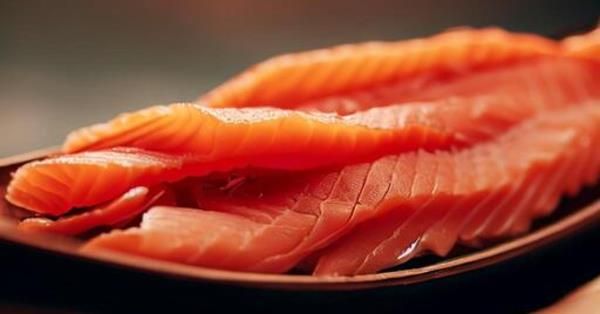
One popular smoking approach is hot smoking. As the name suggests, it applies heat to thoroughly cook the fish, usually with hardwood smoke added for flavor. Hot smoking typically uses temperatures ranging from 120°F to 225°F.
Before hot smoking, the raw salmon is first cured or brined in a wet solution containing salt, sugar, and sometimes spices. Curing firms up the flesh and imparts seasoning. Once cured, the salmon then enters the hot smoker, where it is fully cooked until flaky.
The resulting hot smoked salmon has a soft, moist texture with lighter smokiness. The cooking process mellows the smoke’s edge for a more delicate flavor. Examples of hot smoked varieties include Nova and Scottish.
Cold Smoked Salmon
For cold smoking, a much lower temperature range is used, generally between 80°F to 90°F. The salmon is first dry cured with just salt, which draws out moisture. Cold smoking takes hours of prolonged exposure to generated smoke.
Rather than cook the salmon, cold smoking infuses intense smoky taste into the dense, still raw flesh. It firms up the texture while amplifying the essence of salmon and smoke. Cold smoked varieties like lox and Norwegian salmon have a distinctly robust flavor.
For food safety, cold smoked salmon must be frozen or cooked before eating. Its rawness means handling like raw fish is essential. With heat-based preparation, the bold taste smoothes out into milder cooked salmon.
Key Differences Between Hot and Cold Smoked Salmon
- Texture: Hot smoked has a soft, flaky consistency, while cold smoked is firmer due to the lack of cooking.
- Flavor: Hot smoking produces delicate smokiness, but cold smoking makes an assertive, pronounced smoky flavor.
- Preparation: Hot smoked salmon can be eaten straight from the packet, but cold smoked salmon requires cooking or freezing first.
- Storage: Hot smoked salmon has a slightly shorter refrigerator shelf life than cold smoked.
Nutritional Benefits of Smoked Salmon
Beyond sheer enjoyment, smoked salmon also packs substantial nutritional value. The fish provides:
- High-quality protein – quintessential for building and repairing muscle tissues.
- Omega-3 fatty acids like DHA for cardiovascular and brain health.
- Selenium and magnesium for immune and bone support.
- Vitamins A, B, D, and E for vision, blood cells, calcium absorption, and antioxidant effects.
- Low amounts of saturated fat and cholesterol compared to red meats, making it heart-healthy.
With its stellar nutritional profile, smoked salmon can energize, strengthen immunity, improve cognition, and benefit cardiovascular wellness. The nutrients also have anti-inflammatory properties to protect overall health.
Is Eating Raw Smoked Salmon Safe?
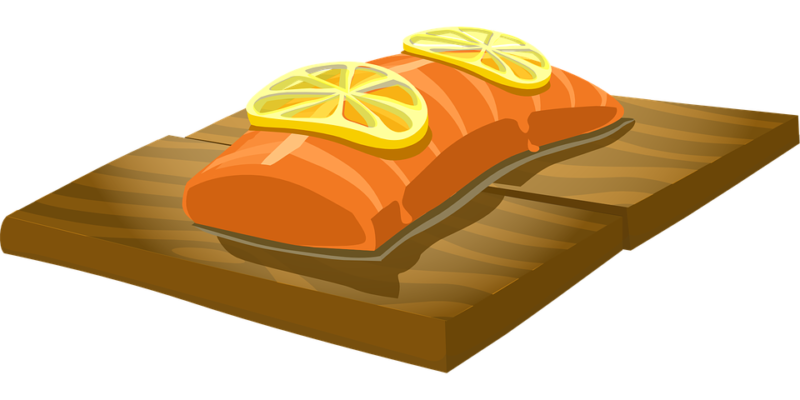
Raw cold smoked salmon appears to raise safety concerns for some consumers. However, properly handled and stored, raw smoked salmon is perfectly safe to eat.
Cold smoked salmon is first frozen to kill potentially harmful bacteria and parasites. Maintaining refrigerator temperatures below 40°F prevents microbial growth. As long as the raw product enters the kitchen frozen and remains chilled until cooking, there are no risks with raw smoked salmon.
Storing and Handling Smoked Salmon
To safely enjoy smoked salmon’s sublime taste and nutrients, optimal storage is key. Here are the proper protocols:
- Keep smoked salmon refrigerated below 40°F at all times.
- Use hot smoked salmon within two weeks, and cold smoked within three weeks after opening.
- Store unopened packages as indicated on the label.
- Once opened, it is best to consume the package contents within 3-4 days.
- Do not refreeze thawed smoked salmon.
Proper refrigeration preserves quality and prevents the growth of Listeria bacteria, which causes foodborne illness. Follow the handling instructions for raw fish with cold smoked salmon. With hot smoked varieties, wash hands before and after use.
Signs of Spoiled Smoked Salmon
Smoked salmon’s shelf life ranges from 14-21 days. Signs that it has spoiled and become risky to eat include:
- Sliminess – Normally it should feel firm and dry.
- Off odors – Fresh smoked salmon smells mildly smoky.
- Discoloration – Grey, yellowish, or greenish hues indicate spoilage.
- Mold growth – This appears fuzzy or black spots on the salmon.
- Soft texture – Spoiled salmon loses its dense, sliced appearance.
If in doubt, remember: when on doubt, throw it out! Discard any smoked salmon with an unpleasant appearance, smell, or feel rather than risk foodborne illness.
Delicious Ways to Enjoy Smoked Salmon
Beyond bagels and lox, smoked salmon can be used in diverse ways for any meal. Here are some tasty preparation ideas:
- As a protein alongside scrambled eggs or an omelet
- Layered on crusty bread for a satisfying sandwich
- Added to pasta, grain bowls or salads for a protein punch
- Topping crackers or flatbreads as an easy appetizer
- Wrapped around asparagus or other vegetables as a light starter
- Baked into quiches, casseroles or frittatas
- Mixed into dips and spreads for a savory kick
With its adaptable flavor, smoked salmon seamlessly enhances everything from breakfast to dinner. It turns salads, sandwiches, and snacks into gourmet experiences.
Perfect Wine Pairings for Smoked Salmon
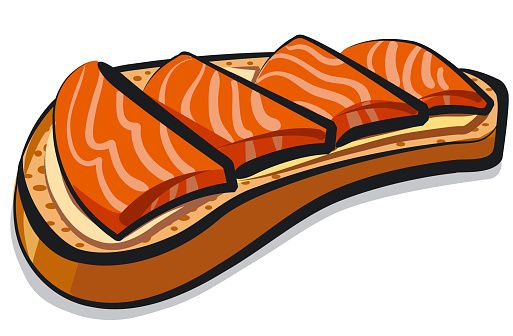
Beyond preparation, the choice of wine can either elevate or clash with smoked salmon’s taste. Here are harmonious pairings:
- Champagne – Bubbly and acidic with salmon’s richness.
- Austrian Riesling – Fruity sweetness counters smoky notes.
- French Rosé – Citrusy crispness cleanses the palate.
- Pinot Gris – Bright complement to subtle smokiness.
- Beaujolais Nouveau – Light but flavorful with salmon.
Sparkling wines like Champagne have a particularly inspired chemistry, with effervescence dissolving the smoked salmon’s oils for refreshed taste buds. For stronger cold smoked salmon, light reds also partner well.
Frequently Asked Questions
Q: Is it safe to eat raw smoked salmon from high-end brands?
A: Reputable smoked salmon producers, whether hot or cold smoking, take stringent steps to ensure food safety. As long as the salmon is kept refrigerated, top brands can be safely consumed according to package instructions.
Q: Should you rinse or wash smoked salmon before eating it?
A: No, smoked salmon should never be rinsed or soaked before consumption. Washing introduces more contaminants and causes loss of flavor, color, and texture. Simply slice and enjoy as is.
Q: Can parasites live in smoked salmon?
A: No. The salt and smoke make it impossible for parasites to survive in properly prepared smoked salmon. The curing or freezing steps kill any potential parasites.
Q: Is smoked salmon easy to digest?
A: Yes, the salt and smoke used facilitates digestion of the oils in smoked salmon. The fish flakes apart easily compared to grilled or baked salmon fillets. Smoked salmon is gentle on sensitive stomachs.
Q: What types of salmon can be used for smoking?
A: Atlantic, sockeye, coho, and king salmon are top choices. Their high oil content helps absorb smoky flavor. Chum or pink salmon work too but may become dried out.
Q: Which salmon cut is best for smoking?
A: Salmon fillets with the skin on provide the best texture and moisture retention during smoking. Coho and sockeye fillets are nicely sized.
Q: Does smoked salmon have a lot of sodium?
A: Yes, some sodium is necessary for preserving and smoking salmon. However, lower sodium options are now available without sacrificing flavor. Check labels and compare brands.
Q: Can I make smoked salmon at home?
A: Yes, with some essential tools – curing salt, a smoker box or grill attachment, and wood chips – homemade smoked salmon is achievable. Recipes are widely available online.
The Takeaway: Smoked Salmon’s Versatility Shines Through
Smoked salmon clearly wears many hats. Subtle or intense, flaky or firm, the preparation techniques greatly impact its final form. Hot smoked salmon becomes a fully cooked delicacy of tender bites and delicate smokiness. Cold smoked salmon remains raw, intensifying the savage fish oils and bracing smoke.
Yet no matter which path, smoked salmon emerges as an indulgent treat bursting with nutrients as a welcome addition to any meal. With proper handling, it can be safely and sumptuously savored. Beyond the ongoing debate of cooked versus raw, smoked salmon continues delighting gourmands worldwide.
